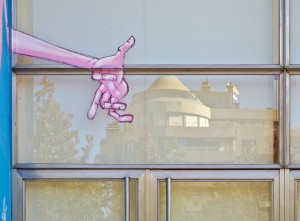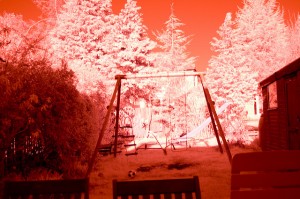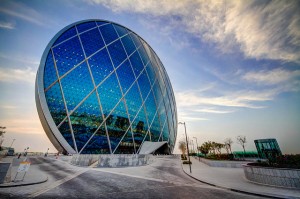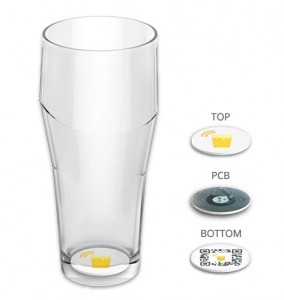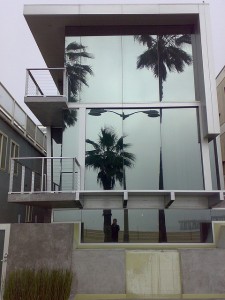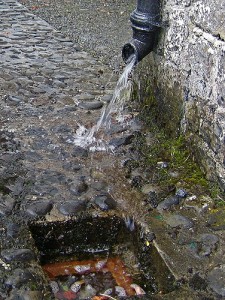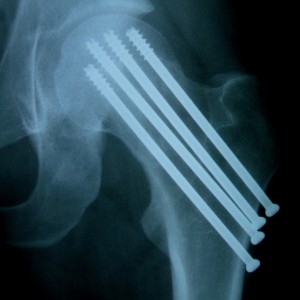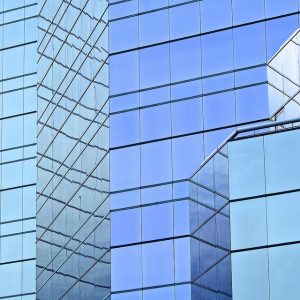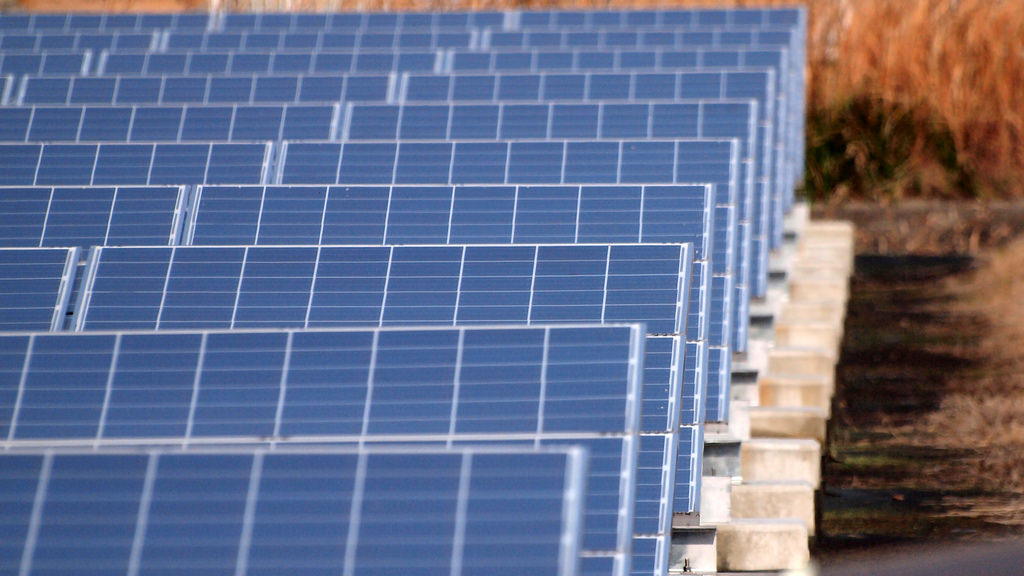Taggers gravitate to glass wall
With the city’s heavy reliance on trains, one constant issue is sound. Toronto attempts to control sound from its trains to whatever extent is possible. That involves constructing sound barriers that protect neighborhoods from the constant rumble of the trains.
One innovative sound barrier is made from glass. Glass is a better sound insulator than most materials, and it has the advantage of dampening sound without leaving a potentially unattractive wall that seals off a portion of a neighborhood.
Walls of any kind are typical targets of graffiti artists, and the glass wall is no different. Taggers almost immediately began painting the wall. The wall isn’t impervious to graffiti, but it does clean up easier than it would on a porous surface like cement or cinder block.
Ordinary paint will dry on glass, but it won’t stay put. That’s because ordinary paint is designed to work on porous surfaces. The paint soaks into the surface, which then retains the paint.
Glassprimer™ glass paint is designed to make a permanent bond with the glass surface. Once cured, it will not peel, chip or fade. It can also be tinted to match any color from any major paint manufacturer’s palette.
We don’t recommend using Glassprimer™ glass paint to create graffiti, but it can be used to paint and decorate homes and commercial spaces, for both interior and exterior projects. If you’d like more information about Glassprimer™ glass paint, please visit the rest of our site. If you’d like to purchase Glassprimer™ glass paint, please visit our online store .
Photo Credit: Jose Carlos Casimiro, via Flickr.com

